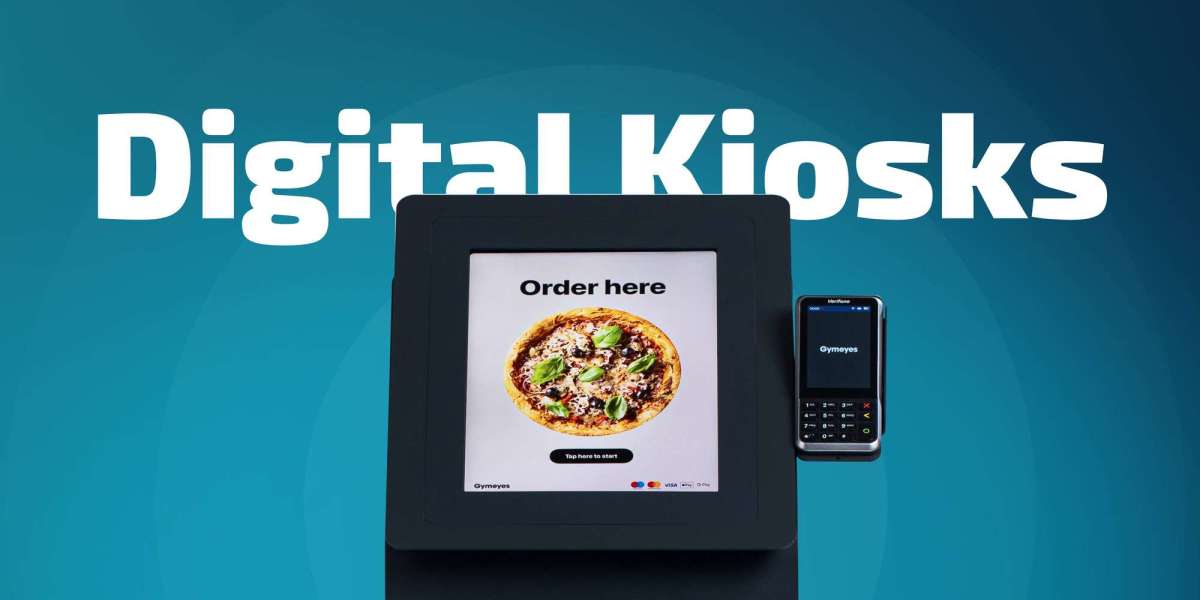The primary sources of Digital Kiosk revenue are generated through a combination of initial hardware sales, recurring software and service fees, and, in some models, transaction-based income. The financial landscape of this market is a sophisticated mix of capital expenditure (CapEx) and operational expenditure (OpEx), reflecting the long lifecycle of these deployed assets. The industry's economic success is built on providing a complete, end-to-end solution, from the physical device to the software that runs it and the services that keep it operational. This holistic approach creates multiple, interlocking revenue streams for the providers and a clear value proposition for the businesses that deploy these self-service solutions in their public and commercial spaces.
The most significant and immediate revenue stream comes from the upfront sale of the kiosk hardware. This is a capital-intensive product, and the price of a single unit can range from a few thousand dollars for a simple informational tablet to tens of thousands for a complex, custom-designed transactional kiosk with multiple peripherals. This initial hardware purchase is the foundational transaction of the market. However, a major and increasingly important source of revenue comes from the recurring software and service contracts. This often includes a recurring license or subscription fee for the kiosk application software and, more critically, for the cloud-based remote management platform that allows the client to monitor and manage their entire fleet of kiosks from a central dashboard.
Beyond the hardware and software sales, a third revenue model is emerging, particularly in certain transactional applications. This is the transaction-based or revenue-sharing model. For example, a company that deploys bill payment or ticketing kiosks in a retail location might not charge the retailer for the hardware but will instead earn its revenue by taking a small fee on every transaction that is processed through the machine. Another growing revenue stream is the sale of digital advertising space on the screens of informational kiosks in high-traffic areas like airports and shopping malls. This diversification of revenue models is a key sign of the market's maturation and its expanding role in the digital economy.







